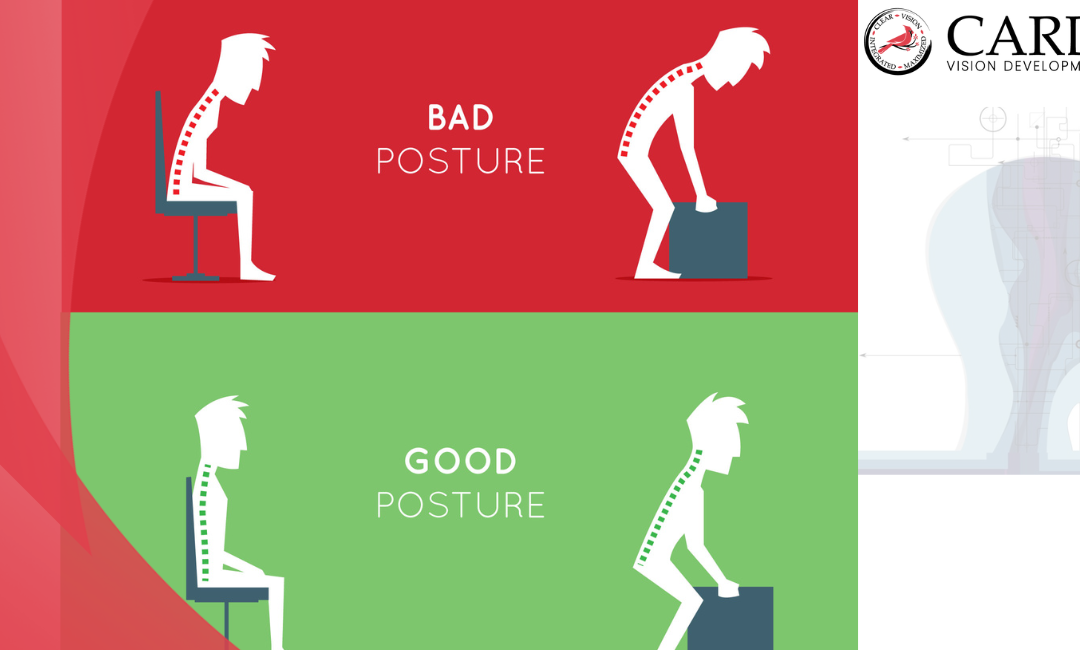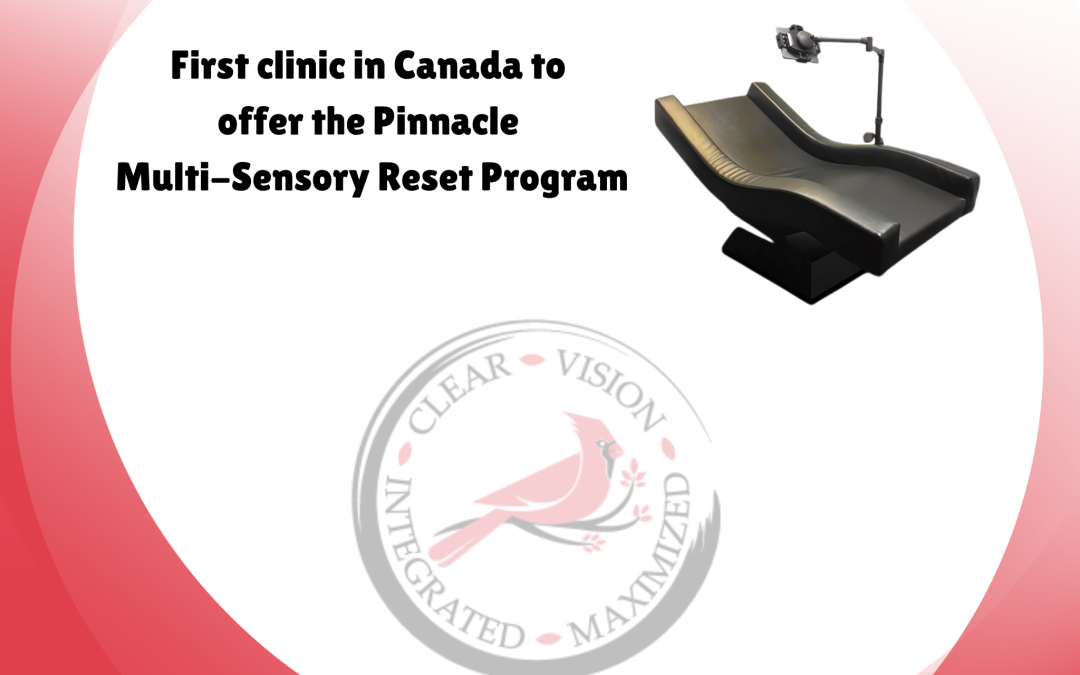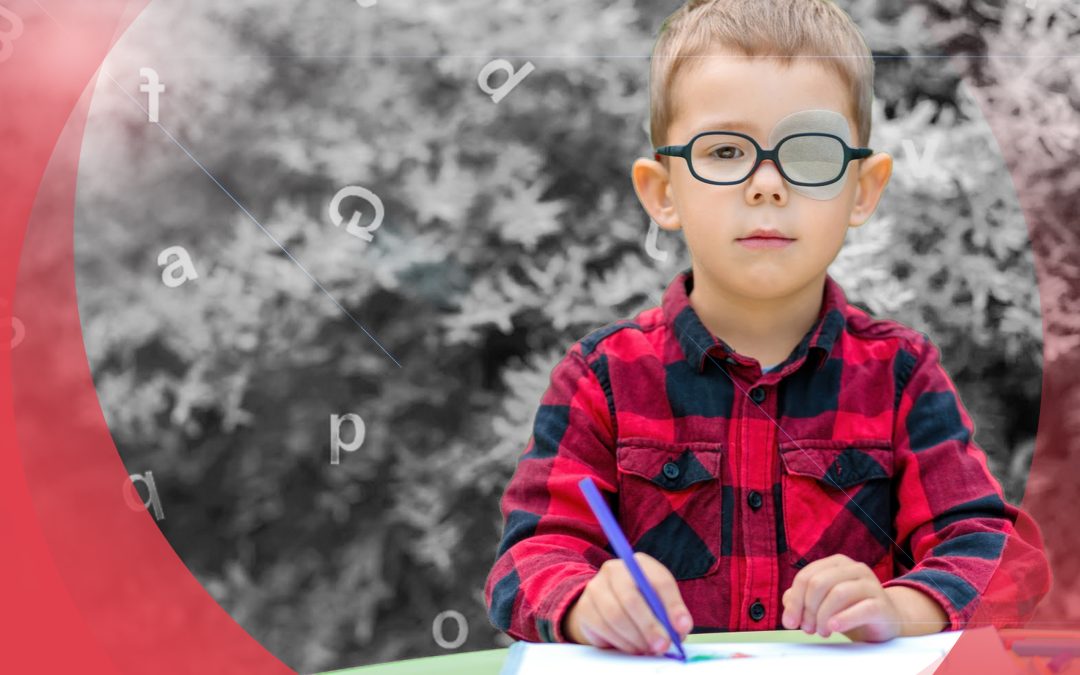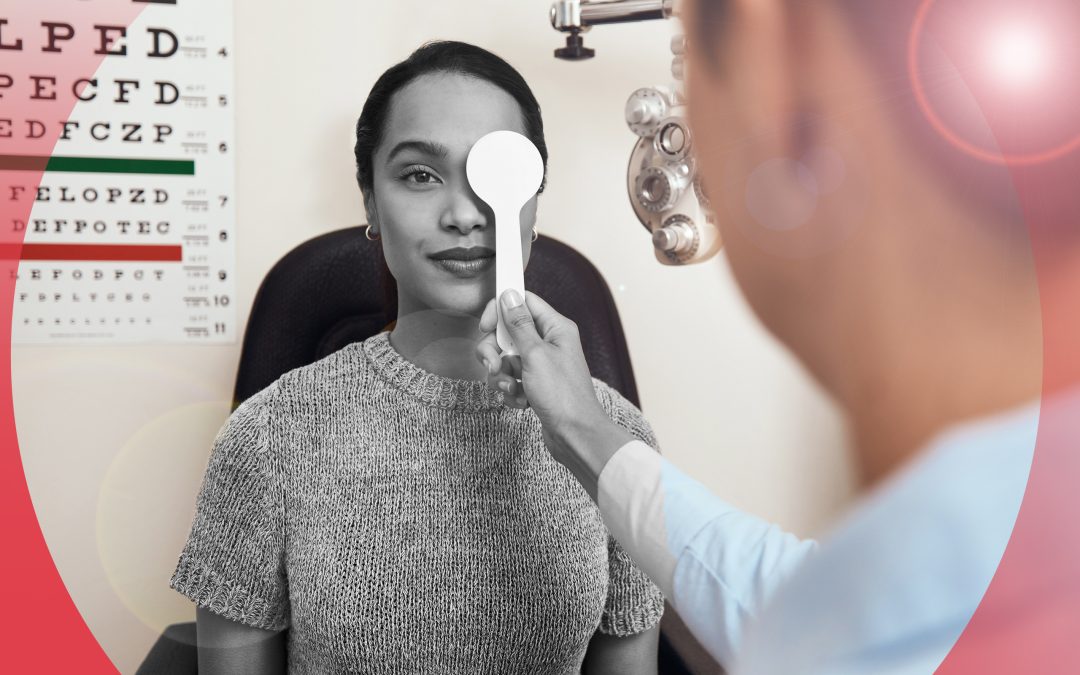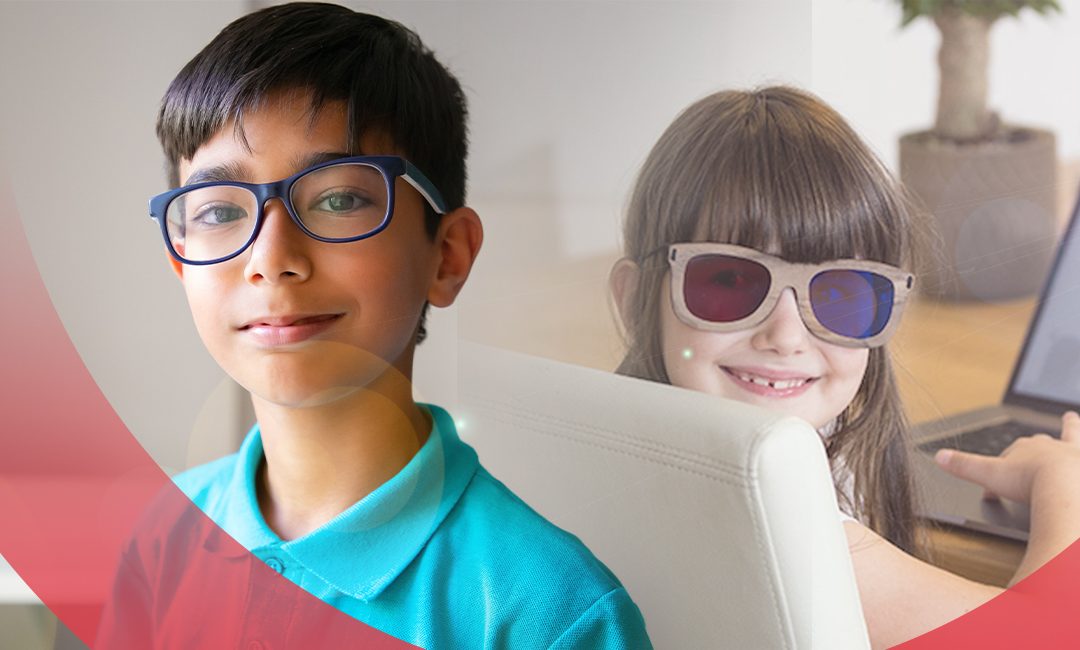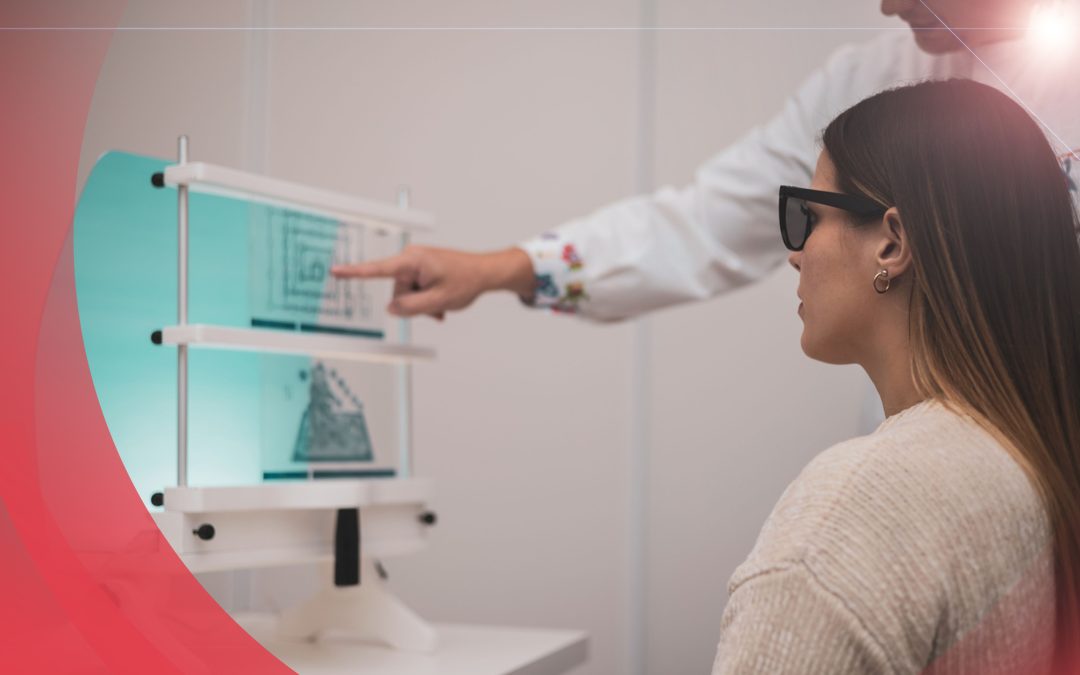Amblyopia, often called lazy eye, is a vision disorder that develops in early childhood when one eye does not achieve normal visual acuity, despite wearing corrective lenses such as glasses. This condition occurs when the brain favors one eye over the other, which results in the weaker eye being “ignored” by the brain. As a result, the eye’s visual development may be stunted, leading to long-term vision impairment if left untreated.
At Cardinal Vision Development, we specialize in diagnosing and treating Amblyopia using state-of-the-art methods, including vision therapy, corrective lenses, and more. Whether you’re looking for information about Amblyopia in children or adults, this guide will walk you through the symptoms, causes, treatment options, and how our experts can help restore normal vision.
What is Amblyopia? Understanding Lazy Eye
Amblyopia is a visual impairment that typically occurs during childhood when one eye does not develop proper vision, even with corrective lenses. It affects the brain’s ability to process visual input from both eyes equally. The brain suppresses the signals from the weaker eye, relying on the stronger one instead. Over time, this lack of use and stimulation can cause the weaker eye to deteriorate further, leading to permanent vision loss if untreated.
While Amblyopia is often referred to as lazy eye, it is important to understand that it does not refer to an eye being “lazy” or inactive. Instead, it is a developmental issue where the brain does not learn to properly use the weaker eye.
Types of Amblyopia
There are three primary types of Amblyopia:
- Strabismic Amblyopia: This type occurs when there is misalignment in the eyes, such as crossed eyes (strabismus). One eye may drift inward or outward, and the brain suppresses the image from the misaligned eye to avoid double vision.
- Refractive Amblyopia: This type is caused by significant differences in the refractive error (e.g., nearsightedness, farsightedness, astigmatism) between the two eyes. The brain favors the clearer image from the stronger eye, and the weaker eye becomes neglected.
- Deprivation Amblyopia: This type is caused by physical obstructions that prevent clear vision in one eye, such as cataracts or ptosis (drooping eyelids), leading to a lack of stimulation in the affected eye.
Causes of Amblyopia (Lazy Eye)
Amblyopia can develop due to several different factors. Understanding these causes can help in early detection and intervention, improving the chances of successful treatment.
1. Strabismus (Crossed Eyes)
Strabismus is one of the most common causes of Amblyopia. It occurs when the eyes are not properly aligned. The misalignment can be horizontal (e.g., one eye turns inward) or vertical (e.g., one eye turns upward). The brain may suppress the image from the misaligned eye to prevent double vision, leading to Amblyopia in the weaker eye.
2. Refractive Errors
Refractive errors, such as nearsightedness, farsightedness, or astigmatism, can cause unequal vision between the two eyes. If one eye has significantly worse vision than the other, the brain may choose to rely on the clearer image from the stronger eye, neglecting the weaker eye and resulting in Amblyopia.
3. Deprivation (Physical Obstructions)
Deprivation Amblyopia occurs when something physically obstructs the visual pathway of one eye, such as a cataract or eyelid droop. If the condition occurs early enough in life, it can lead to permanent visual impairment in the affected eye if not treated promptly.
4. Genetic Factors
Amblyopia can sometimes be hereditary, meaning that if a family member has the condition, a child may be at higher risk of developing it. It’s essential to monitor children of parents who have Amblyopia or strabismus for early signs of the disorder.
Symptoms and Signs of Amblyopia
Detecting Amblyopia early is crucial, as the condition can go unnoticed for years without visible symptoms. Here are some common signs and symptoms to look out for:
In Children:
- Squinting: Children with Amblyopia may squint or close one eye to see better.
- Head Tilting: To compensate for poor vision, a child may tilt their head to focus better.
- Difficulty with Depth Perception: Amblyopia can affect the ability to perceive depth and judge distances.
- Lazy Eye: One eye may appear to drift inward or outward, and the child may consistently favor one eye over the other.
In Adults:
- Adults with Amblyopia may notice difficulty with fine visual tasks such as reading or seeing details clearly. The condition can also impact depth perception, making activities like driving or playing sports more challenging.
If you or your child are experiencing any of these symptoms, it’s important to schedule an eye exam at Cardinal Vision Development for early intervention.
Treatment Options for Amblyopia
Early treatment is key to successfully managing Amblyopia. While it’s easier to treat in children, adults can also benefit from therapy and other corrective methods. The following treatments are commonly used to improve vision in patients with Amblyopia.
1. Vision Therapy
At Cardinal Vision Development, we offer specialized vision therapy programs tailored to each patient’s needs. Vision therapy includes a series of exercises designed to improve eye coordination, focusing, and visual processing. The goal is to strengthen the weaker eye and help the brain learn to use both eyes equally.
How Vision Therapy Works:
Vision therapy exercises may include:
- Eye tracking exercises: To improve coordination between the eyes.
- Focusing exercises: To enhance the brain’s ability to process visual input from both eyes.
- Binocular exercises: To train the eyes to work together as a team.
These exercises are conducted under the supervision of a trained therapist and are personalized based on the severity of the condition.
2. Corrective Lenses (Eyeglasses)
If Amblyopia is caused by refractive errors, prescription eyeglasses or contact lenses are often prescribed. The lenses are used to correct any issues with focusing and improve the image clarity in the weaker eye. For some patients, eyeglasses may be all that’s needed to correct Amblyopia.
3. Eye Patching
An effective treatment for Amblyopia involves patching the stronger eye. By covering the stronger eye, the brain is forced to rely on the weaker eye, promoting its development. The patch may need to be worn for several hours each day, depending on the severity of the condition.
4. Surgical Intervention
In certain cases, surgical intervention may be necessary. For example, strabismus surgery is performed to correct misalignment of the eyes, which can improve the ability of the eyes to work together. Surgery is often combined with other treatments such as vision therapy or eyeglasses to optimize results.
Preventing and Detecting Amblyopia Early
Prevention of Amblyopia largely revolves around early detection. The earlier the condition is detected, the better the chances of successfully treating it. Here are a few steps you can take:
For Children:
- Routine Eye Exams: Children should have their first eye exam at age 1, followed by regular check-ups at age 3 and 5. Early eye exams can detect Amblyopia or other visual problems before they become more serious.
- Monitoring for Symptoms: Parents should watch for any signs of Amblyopia, such as squinting, difficulty seeing, or head tilting. If any symptoms appear, schedule an eye exam immediately.
For Adults:
- Annual Eye Exams: Even if you don’t notice any symptoms, it’s crucial for adults to schedule regular eye exams. Amblyopia can sometimes develop in adults, especially if it was undiagnosed in childhood.
Frequently Asked Questions (FAQ)
Yes, although it is more difficult to treat in adults, vision therapy and corrective lenses can still help improve visual acuity. The earlier treatment begins, the better the results.
Treatment time varies depending on the severity of the condition and the chosen therapy. Most patients see improvement within a few months of consistent treatment, although more severe cases may take longer.
While Amblyopia cannot always be prevented, early detection and treatment significantly increase the chances of restoring vision in the affected eye.
Book a Consultation at Cardinal Vision Development
If you or your child is experiencing symptoms of Amblyopia, don’t wait to seek treatment. Contact Cardinal Vision Development today to schedule a comprehensive eye exam. Our expert team is ready to provide personalized care and effective treatments to improve vision health.

